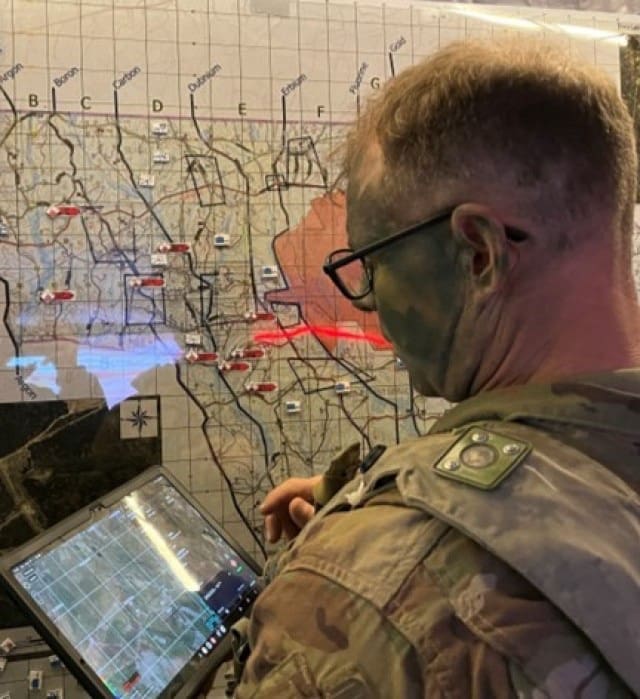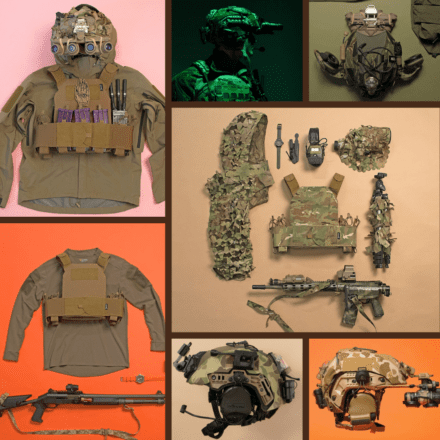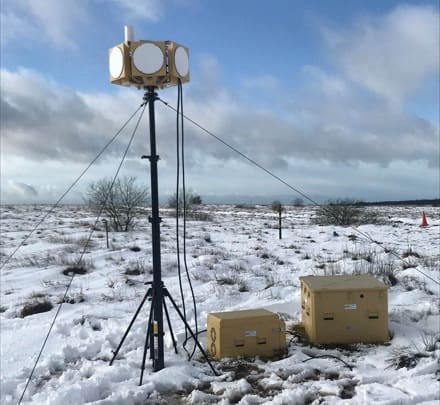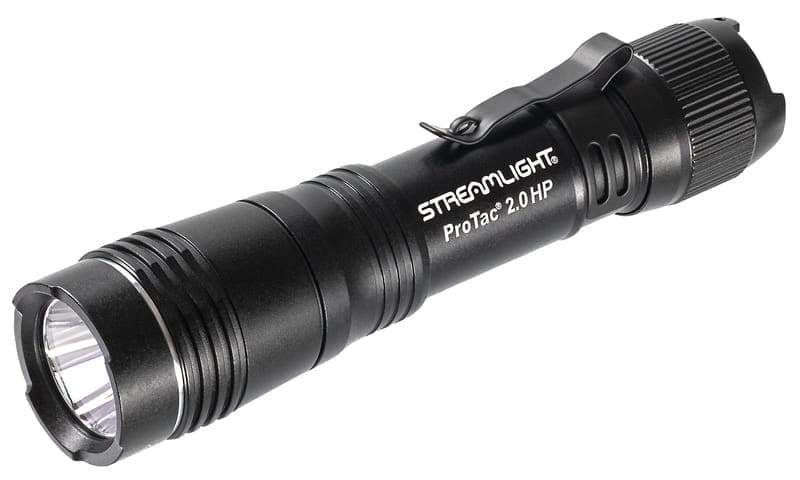
FORT BELVOIR, Va. (July 8, 2025) — Soldiers must quickly decipher an increasingly large amount of real-time battlefield data as they build and execute their mission plans. To enable better and faster battlefield decisions, U.S. Army researchers are developing a set of applications to analyze battlefield data to provide decision dominance and greater lethality.
These new applications, known collectively as Project Odin, monitor live data feeds, unit locations, sensor coverage, fuel, maintenance and ammunition status, weather, terrain, and more. They synthesize all this real-time information to understand and predict adversary actions, and enable commanders and staff to outpace their adversaries’ maneuvers and decisions.
The Army’s Command, Control, Communications, Computers, Cyber, Intelligence, Surveillance and Reconnaissance (C5ISR) Center leverages advances in artificial intelligence and real-time sensor data processing, according to Odin’s Project Lead Ben Rosen. C5ISR Center received feedback in July 2022 — the Army needed a Commanders decision tool to enable warfighting concepts and facilitate synchronization, lethality and flexibility.

“We developed a proof of concept within a year and immediately began an aggressive experimentation campaign to inform our development cycles from then on out. Being focused on capability gaps, the plan was to insert ourselves and live directly in the problem space,” Rosen said. “The burden on staffs to process all this battlefield data can slow down decisions. Project Odin speeds up the process to a fraction of the time.
“The program ingests battlefield information, analyzes it, and provides knowledge for Commanders to apply judgment, then decide and act faster than the adversary.”
Senior Army leaders are recognizing the benefits of emerging AI tech in expanding the possibilities of next-generation battlefield command and control tools. Gen. James Rainey, Army Futures Command commanding general, said during an AI summit last year: “The real potential for military application of artificial intelligence is to empower our commanders — the men and women who lead our formations. And how do we bring the power of AI to bear to let them do three things: make more decisions, make better decisions and make faster decisions?”
For the Army to accelerate Project Odin’s transition from R&D to a capability ready for Soldiers, C5ISR Center subject-matter experts are working directly with multiple units during experimentation events, such as Project Convergence and Transformation in Contact rotations.
“The Center’s S&T expertise is essential to delivering these tools to units. We combine technical experience, ability to interact with Soldiers in the field, partner with other Army R&D organizations, and quickly incorporate operational feedback for further improvements,” Rosen said.
Teaming the S&T community with units for persistent experimentation has been successful, as the Secretary of the Army wrote in the Army’s Posture Statement to Congress in May: “Feedback from TiC participants validated that our formations can evolve quickly when we pair the skill of developers with the warfighting ingenuity of soldiers. By adjusting how they organized and employed equipment, TiC units were able to more effectively see the battlespace, strike, and maneuver against opponent forces in training.”
Project Odin capabilities are hosted as applications on mission-command platforms such as the Android Tactical Assault Kit, commonly known as ATAK. By leveraging existing infrastructure and the Next Generation Command and Control data layer, the need for standalone single-use software across the force is eliminated.
“Odin is helping inform the Operational Modeling Tool annex to NGC2,” Rosen said. “We’re rapidly developing and experimenting to with NGC2 in mind, asking ourselves how we can leverage the NGC2 data layer to better understand the battlespace with a set of applications and services that work in concert with the overall NGC2 ecosystem.”
C5ISR Center has partnered with Army Research Laboratory and Army Corps of Engineers to take advantage of their areas of expertise in artificial intelligence, terrain data and digital modeling. The Army team has transitioned the capabilities from a concept to a fielded system in the hands of units in two years.
Experimentation with active-duty units continues to inform the program’s concepts and identify gaps.
“Project Odin quickens tactical decision cycles by removing the cognitive burden of monitoring highly synchronized plans and increasingly complex battlefields,” said Maj. Aaron Phillips, who used Odin during a recent Joint Readiness Training Center rotation. “This allows Commanders and their staffs to focus on selecting their next action, rather than tracking their current and past actions.”
Odin’s individual software components are at different levels of technical maturity, according to Steve Webster, the project’s technical lead at C5ISR Center. Some features are ready for Soldiers to use today during experimentation events like Project Convergence or Transformation in Contact rotations.
“We also have more advanced software under development earlier in the technology readiness pipeline that needs more development but is actively being informed by the experimentation we’re doing with the more mature services,” Webster said. “All of these efforts help us both in delivering capability and informing the needs for NGC2’s Operational Modeling Tools.”
One such capability in the R&D phase is Course of Action Generation, which continuously compares planned actions to real-time data — such as environmental conditions, available combat power and enemy position — to create new recommendations that guide staff to the best decisions. These Course of Action generation tools analyze information much faster than is possible for humans.
“Project Odin delivers on the Army’s need for a more data-centric command and control platform during a time of rapid technology advancements. Smarter, faster decision-making delivers lethality for Soldiers,” Webster said.
By Dan Lafontaine, C5ISR Center Public Affairs




























































































































